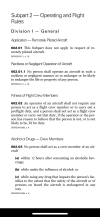DarR-T
Well-Known Member
One knot equals one nautical mile per hour. Period. End of statement.But with ideas like "knots per hour" and "one minute of distance is a measure of speed" you're in the same league with the high ranking politician who wants to annex your country as our 51st state.
Anything else to the contrary is bla,bla, bla.














